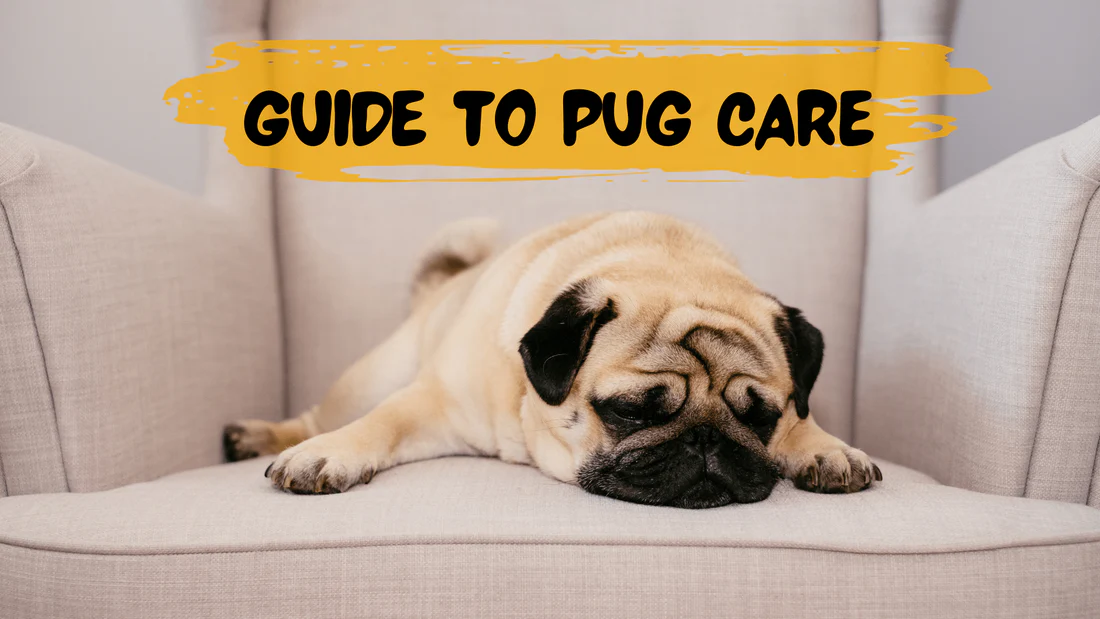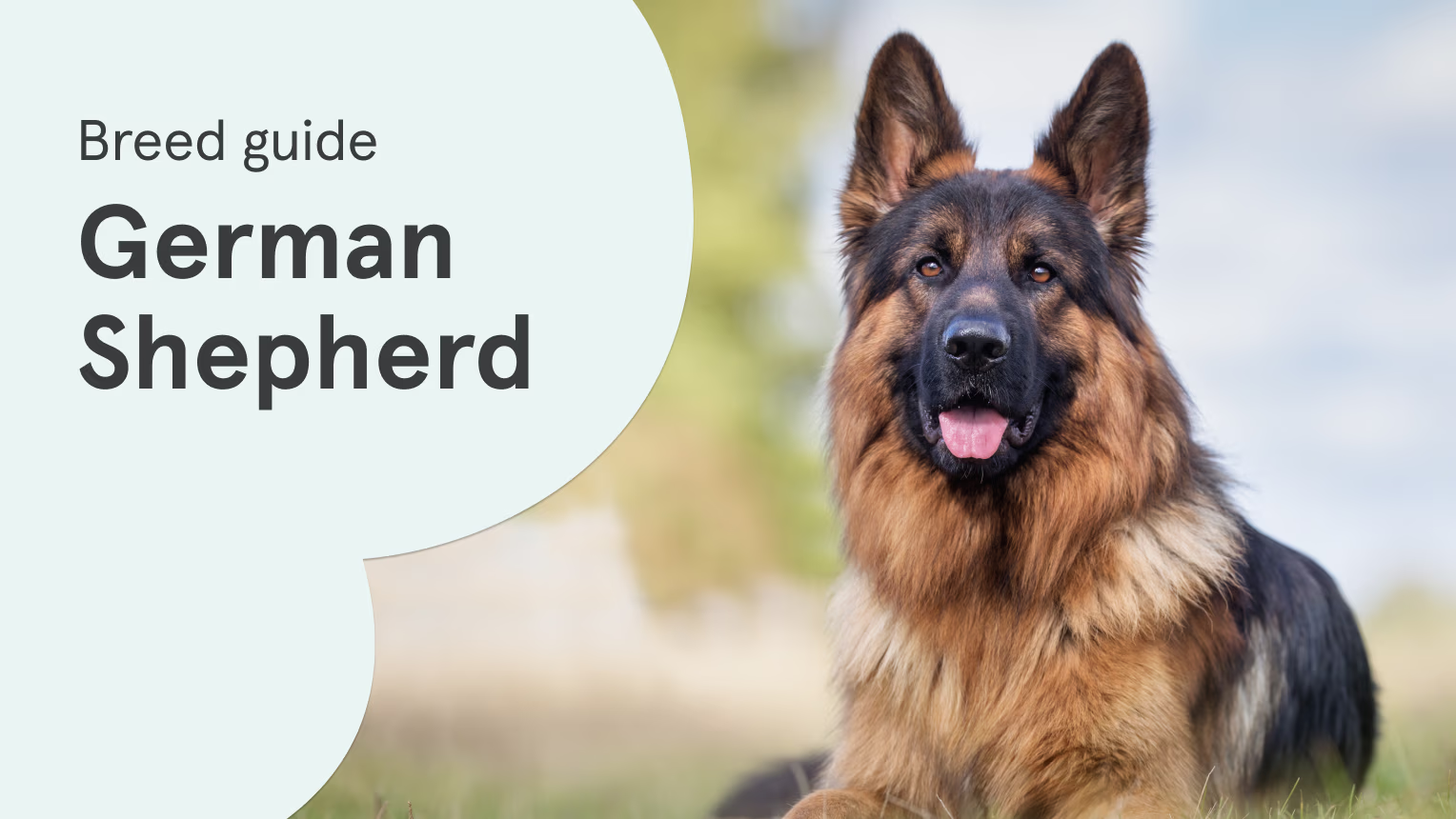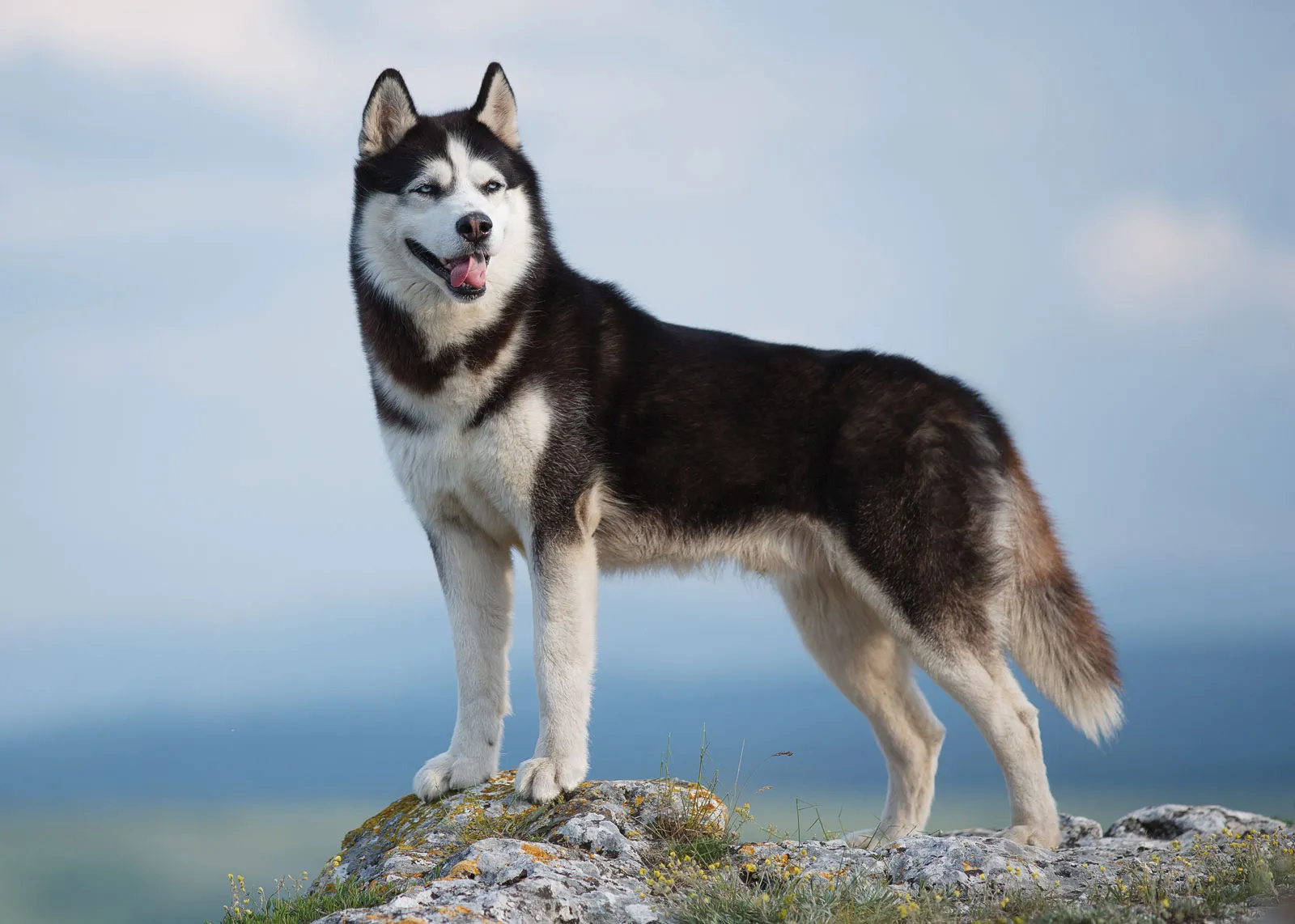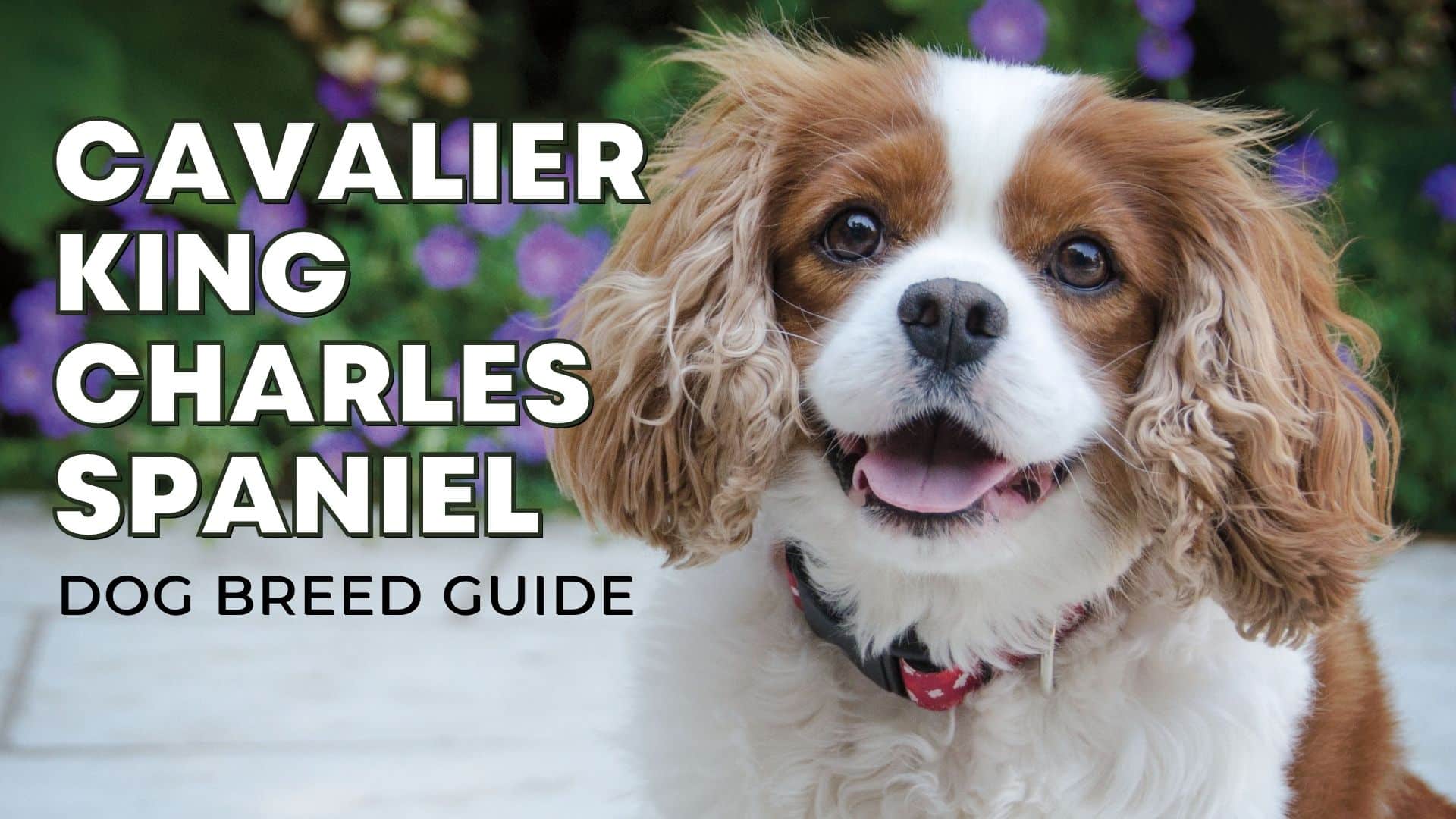Pug Dog Breed: Complete Guide & How to Care for Your Pug
The Pug, with its distinctive wrinkled face, curled tail, and affectionate personality, is one of the most popular toy breeds in the world. Known for being charming and playful, Pugs have a loyal fan base among dog lovers. This guide will provide you with everything you need to know about Pugs, including their history, traits, grooming requirements, health considerations, training tips, pros and cons, and how to care for your Pug properly.
🐶 Breed Overview
- Breed Name: Pug
- Group: Toy Group (AKC)
- Origin: China
- Lifespan: 12 to 15 years
- Weight: 14 to 18 pounds (6 to 8 kg)
- Height: 10 to 13 inches (25 to 33 cm)
- Temperament: Playful, Affectionate, Loyal, Sociable
- Coat Type: Short, Smooth, Low-Shedding
- Hypoallergenic: No
📜 History of the Pug
The Pug’s history can be traced back to ancient China, where it was a companion dog to Chinese emperors. The breed’s roots are thought to be a combination of the now-extinct Chinese Lo-sze and small mastiff-like dogs brought to China by traders. Pugs were highly regarded in China and were considered sacred companions.
In the 16th century, Pugs made their way to Europe, where they became beloved pets of European aristocrats, including the royal families of the Netherlands and England. The breed’s popularity grew, and Pugs have been charming pet owners ever since.
🧠 Temperament and Personality
Pugs are known for their charming and loving personalities. They are:
- Affectionate: Pugs adore their human family members and love being part of the family. They are often described as “velcro dogs” because they are very clingy and want to stay close to their owners.
- Playful: Despite their relatively small size, Pugs have a lot of energy and love to play. They enjoy chasing toys, playing tug-of-war, and engaging in light-hearted activities.
- Sociable: Pugs are social dogs that get along well with people, children, and other pets. They are friendly, even with strangers, and are often described as “people dogs.”
- Loyal: Pugs form strong bonds with their families and are known for their loyalty. They are affectionate companions who seek out human attention and companionship.
🏠 Is the Pug Good for Apartment Living?
Yes, the Pug is a great dog for apartment living. Due to its small size, it doesn’t require a large yard to be happy. They are generally calm indoors and will be content with short walks and indoor playtime. Pugs are also known for being relatively low-energy dogs, which makes them a good fit for apartment dwellers.
However, like most dogs, Pugs require attention and mental stimulation, and they don’t like to be left alone for long periods. Separation anxiety can develop if they are left alone for too long, so it’s important to provide them with enough companionship and activities.
🛁 Grooming and Care
The Pug has a short, smooth coat that requires relatively low maintenance. However, they do shed year-round, and their grooming needs should not be overlooked. Regular grooming and care are essential to keeping your Pug healthy and happy.
Grooming Tips:
- Brushing: Brush your Pug at least once a week to remove loose hairs and reduce shedding. They shed more during seasonal changes, so you may need to brush more frequently during those times.
- Bathing: Pugs don’t need frequent baths unless they get dirty. Bath them every 4–6 weeks with a mild dog shampoo.
- Wrinkle Care: Pugs have deep facial wrinkles, which should be cleaned regularly. Use a damp cloth to wipe away dirt and moisture from the wrinkles to prevent skin infections.
- Nails: Trim your Pug’s nails regularly to prevent overgrowth, which can lead to discomfort or injury.
- Ear Care: Check your Pug’s ears regularly for signs of infection, as they are prone to ear issues due to their floppy ears.
Additional Care Considerations:
- Teeth: Pugs are prone to dental problems, so regular brushing of their teeth is essential. You can use dog-safe toothpaste and a toothbrush to keep their teeth clean.
- Weight Management: Pugs are prone to obesity, so it’s essential to manage their diet and ensure they get regular exercise. Obesity can lead to various health problems in Pugs, so portion control is important.
🍗 Feeding and Nutrition
Pugs are small dogs but have a hearty appetite. A high-quality dog food formulated for small breeds is ideal for them. The amount you feed depends on your Pug’s age, activity level, and overall health.
- Feeding Frequency: Feed your Pug two small meals per day to avoid overfeeding.
- Portion Size: The amount of food depends on your Pug’s weight and age. Typically, adult Pugs should eat between 1/2 to 1 cup of high-quality kibble per day.
- Treats: Pugs love treats, but it’s important to keep them to a minimum to prevent obesity. Treats should make up no more than 10% of your Pug’s daily intake.
⚕️ Health and Common Issues
Pugs are generally healthy dogs, but they do have some breed-specific health concerns:
- Brachycephalic Syndrome: Pugs have short noses, which can lead to breathing problems. They may snore, snort, or experience difficulty breathing, especially in hot or humid weather.
- Hip Dysplasia: Like many other breeds, Pugs are susceptible to hip dysplasia, a condition in which the hip joint doesn’t develop properly.
- Patellar Luxation: Pugs are prone to knee issues like patellar luxation, where the kneecap slips out of place.
- Obesity: Pugs are prone to obesity, which can exacerbate breathing problems and joint issues. Managing their diet and exercise is essential for keeping them healthy.
🎓 How to Train a Pug
Pugs are intelligent dogs but can sometimes be stubborn. They respond best to positive reinforcement methods such as treats, praise, and playtime.
Training Tips:
- Start Early: Training should begin as soon as your Pug enters your home. Early socialization and basic obedience training are essential to ensure your Pug becomes a well-behaved companion.
- Use Positive Reinforcement: Reward good behavior with treats and praise. This helps to build a positive association with training.
- Be Patient: Pugs can be a little stubborn, so patience is key. Keep training sessions short and fun, as Pugs can lose interest if sessions are too long.
- Crate Training: Crate training is helpful for housebreaking and providing your Pug with a safe space when you’re not home.
🏃 Exercise Needs
While Pugs are not overly energetic, they still require regular exercise to stay healthy and maintain a healthy weight.
Recommended Activities:
- Short Walks: Pugs enjoy short, leisurely walks. Aim for 20–30 minutes of walking per day.
- Playtime: Engage your Pug in interactive games like fetch or tug-of-war to keep them mentally stimulated.
- Mental Stimulation: Pugs are intelligent dogs, so puzzle toys and games can help keep their minds sharp.
🧺 Final Thoughts
The Pug is a charming, affectionate dog breed that thrives on human companionship. With their playful personality, loyalty, and manageable size, Pugs make excellent companions for both individuals and families. With the proper training, grooming, and health care, your Pug can live a long, happy life as a cherished member of your family.
✔️ Pros:
- Affectionate and Loyal: Pugs are loving and form strong bonds with their owners.
- Great for Small Living Spaces: Their small size makes them ideal for apartment living.
- Low Grooming Needs: Pugs have a short coat that requires minimal grooming.
- Good with Children and Other Pets: Their friendly nature makes them great family pets.
- Low Exercise Requirements: Pugs are relatively low-energy, making them suitable for less active households.
❌ Cons:
- Brachycephalic Syndrome: Pugs may experience breathing problems due to their short noses.
- Health Issues: They are prone to hip dysplasia, patellar luxation, and obesity.
- Stubbornness: Pugs can be a little stubborn during training.
- Separation Anxiety: Pugs may struggle with being left alone for long periods.
- Not Hypoallergenic: They shed and may not be suitable for people with allergies.
With the proper care, training, and attention, Pugs can bring joy and companionship into any household. If you’re looking for a loving and playful dog with a charming personality, the Pug might just be the perfect fit for you!




